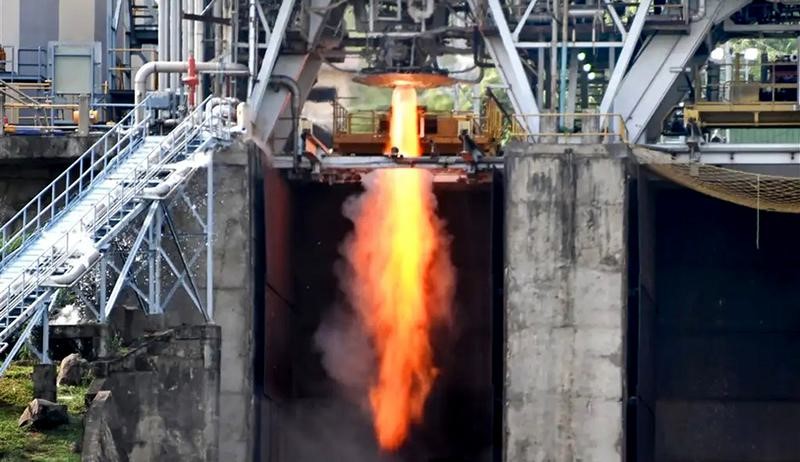Free Courses Sale ends Soon, Get It Now


Free Courses Sale ends Soon, Get It Now



Disclaimer: Copyright infringement not intended.
Context
Details
Importance of Liquid Hydrogen Fuel
CE-20 Cryogenic Engine
Role in Gaganyaan Mission
Evolution of Cryogenic Engines in ISRO
The Journey of Cryogenic Engines:
Key Components and Operational Dynamics:
Maximizing Reliability:
Legacy:
Conclusion
The CE-20 cryogenic engine represents a pinnacle of ISRO's technological achievements, serving as a cornerstone of India's space endeavors. Its success underscores India's journey towards self-sufficiency in space propulsion and positions the nation as a formidable player in the global space arena. As ISRO continues to push boundaries and explore new frontiers, the legacy of the CE-20 engine will endure as a testament to India's quest for excellence in space science and technology.
|
PRACTICE QUESTION Q. The evolution of cryogenic engines from KVD-1 to CE-20 exemplifies ISRO's commitment to innovation and self-reliance in space technology. Discuss. (250 words) |
© 2024 iasgyan. All right reserved